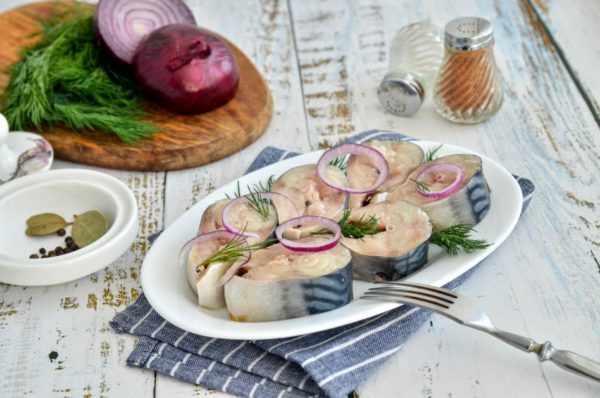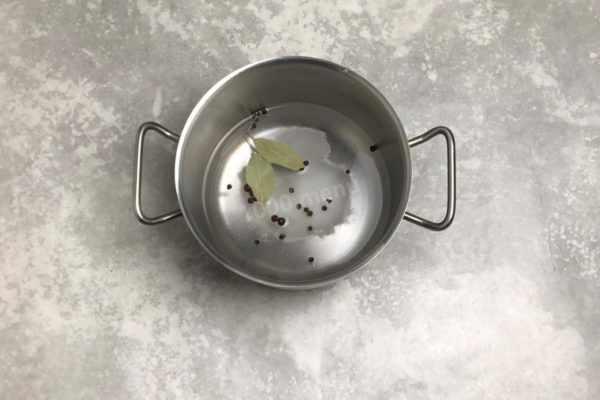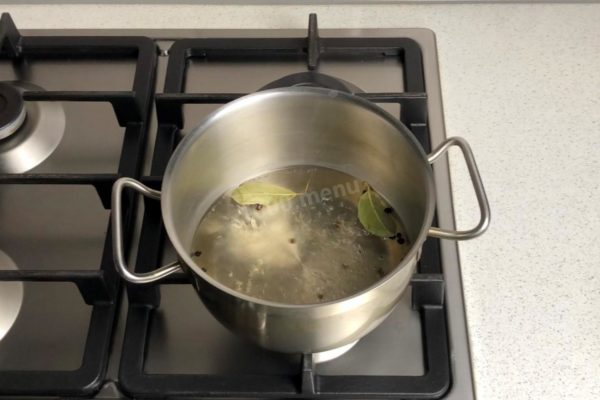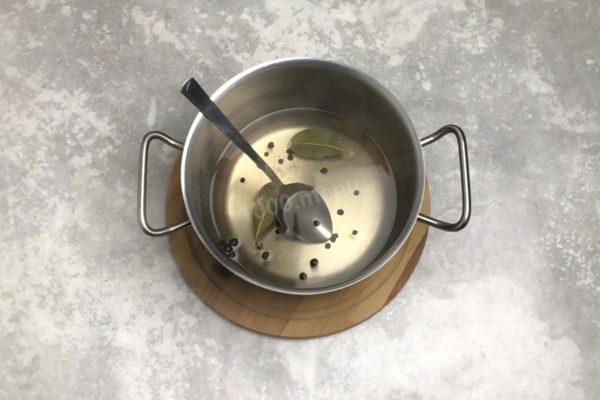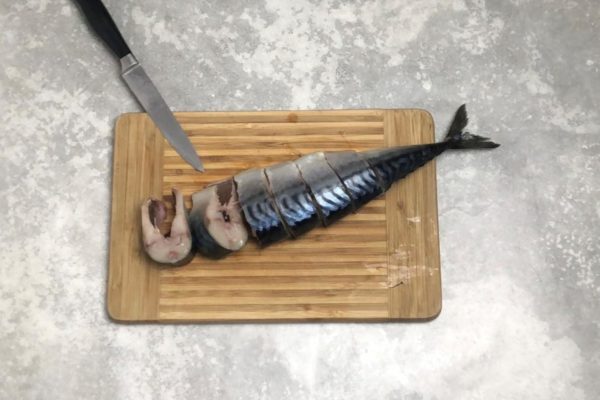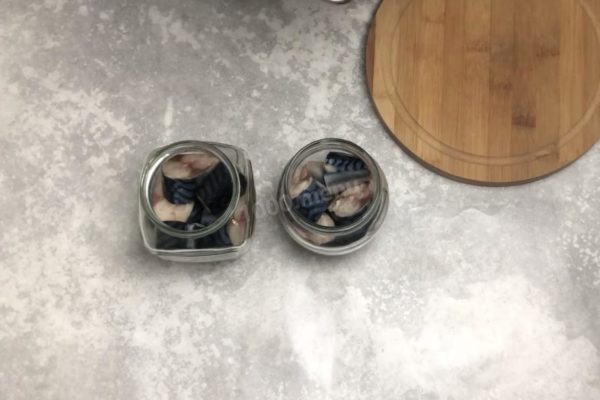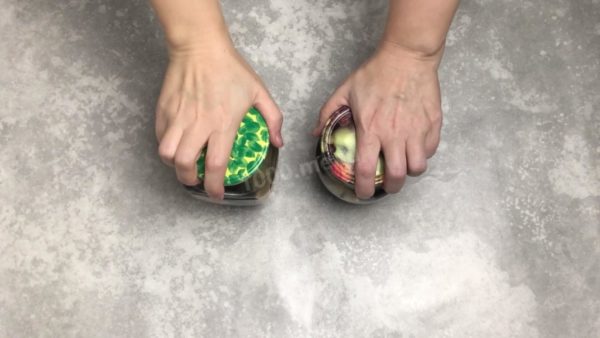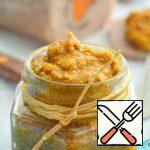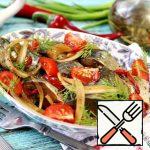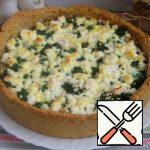- How to prepare pickled mackerel in brine? Begin by gathering all the necessary ingredients for the salting process. If the mackerel is frozen, defrost it gradually by placing it in the refrigerator. In case it's not cleaned, start by removing the head and then opening the belly to remove the innards. Make sure to eliminate the black film as it may cause bitterness in the fish.
- To create the brine, use high-quality water, either filtered or bottled, as the taste of the brine will influence the flavor of the fish. Pour the water into a saucepan, add salt, sugar, and both types of pepper, as well as bay leaves. You can also incorporate spices like cloves, coriander, and mustard seeds.
Keep in mind that the quality and taste of the finished dish largely depends on the proper defrosting of the fish.
The fish turned out to be delicious and quick to prepare. I salted it in the evening, and it was ready to eat by the morning. Personally, I prefer this method over salting a whole fish.
When preparing fish, never defrost it completely if you plan to cut it up. It's best to place it on the bottom shelf of the refrigerator and bring it to a slightly defrosted state. This way, any cutting or filleting will be much easier to handle. Fully defrosted fish, when butchered, can become a shapeless mass.
For cooking, it's advisable to use filtered or bottled water with a neutral taste. If you opt for tap water, be aware that it can impart an unpleasant flavor to the dish.
